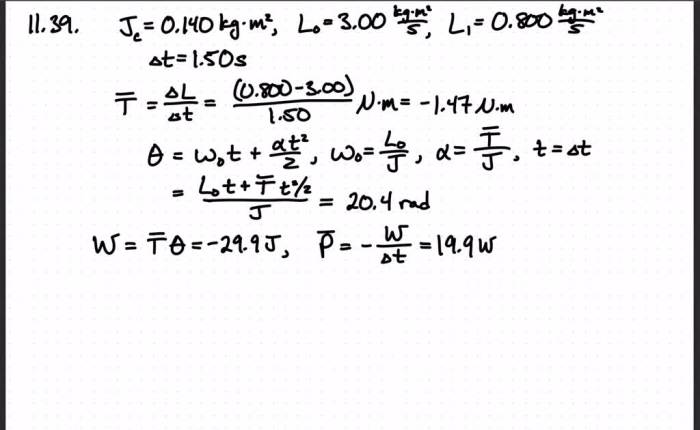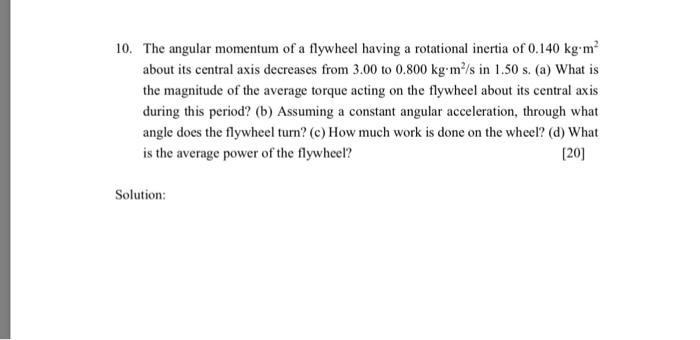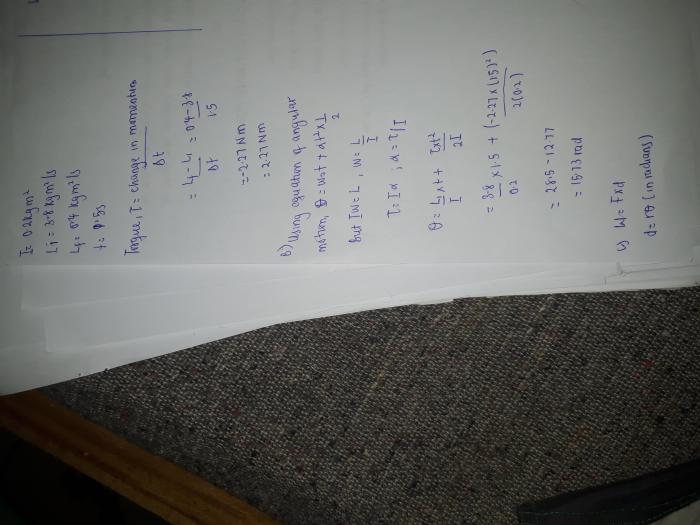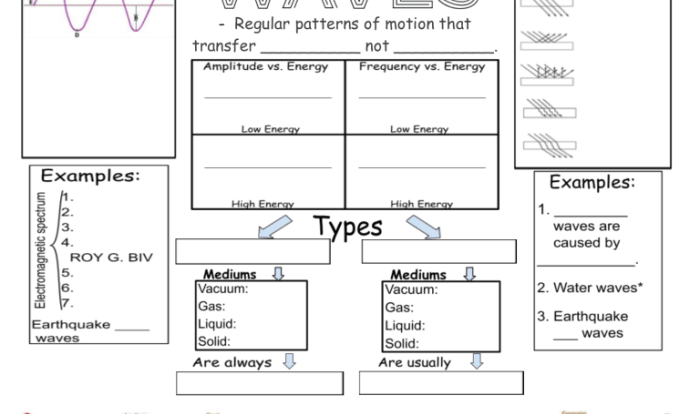The angular momentum of a flywheel having a rotational inertia is a crucial concept in physics that governs the flywheel’s rotational motion. This article delves into the intricacies of angular momentum, examining its formula, exploring the structure and function of flywheels, and elucidating the factors that influence their rotational inertia.
By unraveling the connection between rotational inertia and angular momentum, we gain a deeper understanding of the flywheel’s dynamic behavior.
Flywheels, with their ability to store and release rotational energy, play a vital role in diverse applications, from energy storage systems to power tools. Understanding the angular momentum of flywheels is essential for optimizing their performance and harnessing their full potential.
Angular Momentum

Angular momentum is a physical quantity that describes the rotational motion of an object around an axis. It is defined as the product of the object’s moment of inertia and its angular velocity.
The formula for angular momentum is:
L = Iω
where:
- L is the angular momentum in kilogram-meters squared per second (kg⋅m 2/s)
- I is the moment of inertia in kilogram-meters squared (kg⋅m 2)
- ω is the angular velocity in radians per second (rad/s)
Examples of objects with angular momentum include:
- A spinning top
- A rotating fan blade
- A flywheel
Flywheel

A flywheel is a mechanical device that stores rotational energy. It consists of a heavy wheel mounted on a shaft. The wheel is rotated by an external force, and its inertia keeps it spinning even after the force is removed.
The factors that affect the rotational inertia of a flywheel include:
- The mass of the flywheel
- The radius of gyration of the flywheel
The radius of gyration is a measure of how the mass of the flywheel is distributed around the axis of rotation.
Rotational Inertia
Rotational inertia is a measure of an object’s resistance to angular acceleration. It is defined as the ratio of the torque applied to the object to the resulting angular acceleration.
The formula for rotational inertia is:
I = T/α
where:
- I is the rotational inertia in kilogram-meters squared (kg⋅m 2)
- T is the torque in newton-meters (N⋅m)
- α is the angular acceleration in radians per second squared (rad/s 2)
The units of rotational inertia are kilogram-meters squared (kg⋅m 2).
The relationship between rotational inertia and angular momentum is:
L = Iω
Angular Momentum of a Flywheel

The angular momentum of a flywheel can be calculated using the formula:
L = Iω
where:
- L is the angular momentum in kilogram-meters squared per second (kg⋅m 2/s)
- I is the moment of inertia in kilogram-meters squared (kg⋅m 2)
- ω is the angular velocity in radians per second (rad/s)
To calculate the angular momentum of a flywheel, the following steps are involved:
- Determine the moment of inertia of the flywheel using the formula:
- I is the moment of inertia in kilogram-meters squared (kg⋅m 2)
- m is the mass of the flywheel in kilograms (kg)
- r is the radius of gyration of the flywheel in meters (m)
- Measure the angular velocity of the flywheel using a tachometer.
- Multiply the moment of inertia by the angular velocity to obtain the angular momentum.
I = mr2
where:
Applications of Flywheel Angular Momentum: The Angular Momentum Of A Flywheel Having A Rotational Inertia

The angular momentum of a flywheel is utilized in a variety of applications, including:
- Energy storage:Flywheels can be used to store energy by spinning them up to a high speed. The energy stored in the flywheel can then be released by slowing it down.
- Uninterruptible power supply (UPS):Flywheels can be used to provide backup power in the event of a power outage. The flywheel spins continuously, and when the power goes out, the flywheel can provide power to the critical loads.
- Automotive:Flywheels can be used in hybrid vehicles to improve fuel efficiency. The flywheel stores energy during braking, and then releases the energy during acceleration.
Detailed FAQs
What is the formula for calculating the angular momentum of a flywheel?
The angular momentum (L) of a flywheel is calculated using the formula: L = Iω, where I represents the rotational inertia and ω denotes the angular velocity.
How does the rotational inertia of a flywheel affect its angular momentum?
Rotational inertia (I) is directly proportional to the angular momentum (L). A flywheel with a larger rotational inertia will have a greater angular momentum for the same angular velocity.
What are some practical applications of flywheels?
Flywheels find applications in energy storage systems, power tools, and as stabilizers in various machines and vehicles.

